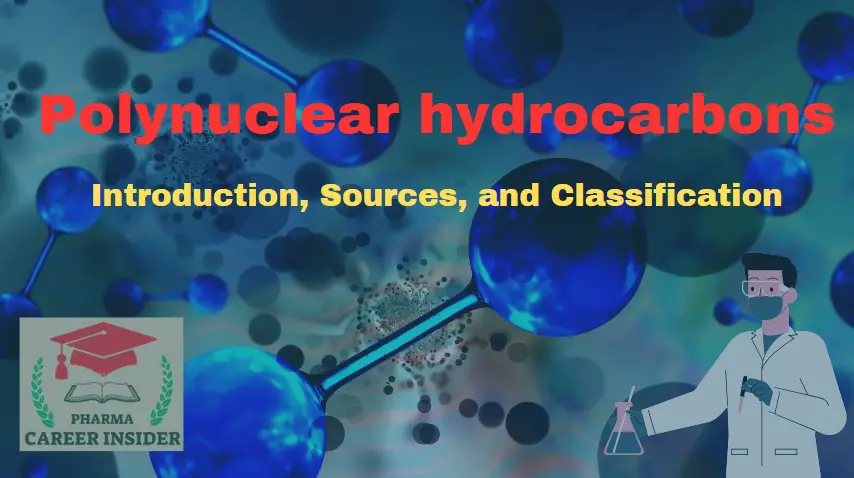Polynuclear hydrocarbons, also known as polycyclic aromatic hydrocarbons (PAHs), are a group of organic compounds that have captured the attention of environmental scientists and policymakers due to their unique structure and potential environmental impact. This post delves into polynuclear hydrocarbons, exploring their nature, sources, environmental fate, and impact on human health and the environment.
What Are Polynuclear Hydrocarbons?
Polynuclear hydrocarbons are organic compounds composed of multiple fused aromatic rings. These molecules are formed by condensing benzene rings or other aromatic rings, resulting in complex structures with multiple interconnected rings. The number of rings can vary, ranging from three to seven or more, leading to a diverse array of polynuclear hydrocarbons with different properties and behaviors. For example:

Sources of Polynuclear Hydrocarbons
Polynuclear hydrocarbons are present everywhere and can originate from natural and human-made sources. These can include volcanic eruptions, forest fires, and geological processes as natural sources, vehicle emissions, combustion of fossil fuels, industrial processes, and tobacco smoke as human-made sources. Additionally, incomplete combustion of organic matter, such as charbroiled foods and biomass burning, can produce PAHs.
Classification of Polynuclear hydrocarbon
Polynuclear aromatic hydrocarbon assembles more than one aromatic ring in the molecule. Depending upon the mode of attachment of various rings, the polynuclear aromatic hydrocarbons may be classified into two broad classes.

Conclusion
Polynuclear hydrocarbons are complex organic compounds with diverse structures and environmental behaviors. While they have various industrial and commercial applications, their widespread presence in the environment and potential health risks warrant attention and regulatory oversight. Understanding polynuclear hydrocarbons’ sources, fate, and impact is essential for developing effective strategies to mitigate their environmental impact and protect human health and the environment for future generations.




